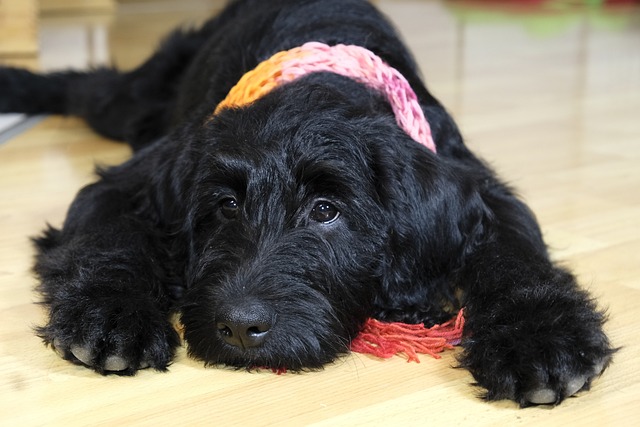
How do i train my dog to be obedient?
Watching your dog dart across the park ignoring your calls isn’t just frustrating—it can put them at risk near busy streets or public spaces.
The idea of teaching obedience often conjures images of strict commands and military-like discipline, but modern dog training has completely shifted away from that. Today, obedience is less about forcing compliance and more about building a shared language of trust and cooperation with your dog. The science behind this is rooted in how canines actually learn: behaviors that are rewarded become reinforced and are more likely to be repeated. This is why positive reinforcement—rewarding the behaviors you want to see—is not just the kinder method, but the most effective one for long-term learning. It builds a dog who thinks and offers good behavior willingly, rather than one who acts out of fear of punishment. Your goal is to become your dog’s favorite partner, not their intimidating boss.
Your training toolkit is simple: a supply of high-value treats (like small pieces of real chicken or cheese), a quiet space, and a lot of patience. Start with foundational behaviors like "sit," "down," and their name. The process is always the same: lure them into the position with the treat, mark the exact moment they do it with a word like "yes!" or a clicker, and then immediately give the reward. Keep sessions incredibly short—just two to five minutes—to match their attention span and always end on a success. Once they’ve mastered a cue indoors, practice in slightly more distracting environments, like your backyard, then on a quiet sidewalk. This process, called proofing, teaches them to listen anywhere. If they make a mistake, simply avoid giving the reward and try again. Never yell or physically correct them; this only damages your relationship and is contrary to contemporary animal welfare standards that emphasize force-free methods.

This journey of teaching obedience seamlessly integrates with your broader responsibilities as a dog owner. A reliably trained dog is a safer dog, which is why ensuring their rabies vaccination and local licenses are current is a non-negotiable part of responsible ownership—it’s the law. Your training also extends to community etiquette. A solid "leave it" cue can prevent them from grabbing something dangerous on a walk, and a reliable recall is essential for their safety. Furthermore, part of being an obedient team is you fulfilling your civic duty: always carrying waste bags and immediately cleaning up after your dog in public spaces. For apartment dwellers, training a solid "quiet" cue using positive reinforcement is far more effective and humane than yelling, and it shows respect for your neighbors. Ultimately, teaching obedience through positive methods creates a well-mannered companion who is a joy to live with and a respectful member of your community.

Watching your dog dart across the park ignoring your calls isn’t just frustrating—it can put them at risk near busy streets or public spaces.

New puppy owners often find themselves rushing to clean up accidents before they set in, and that’s where puppy pad training becomes a game-changer.

If you've noticed your dog's waistline disappearing and your veterinarian has mentioned those few extra pounds, your first instinct might be to simply reduce the amount of food in their bowl.

Training a dog to use a designated spot indoors isn’t as daunting as many new owners fear, but it does take consistency and an understanding of your pet’s needs.

That moment of dread on a walk is all too familiar for many new dog owners. You see another dog approaching down the sidewalk of your neighborhood

If the sight of another dog on your neighborhood walk makes your heart sink as your own dog erupts into a frenzy of barking and lunging, you're not alone.